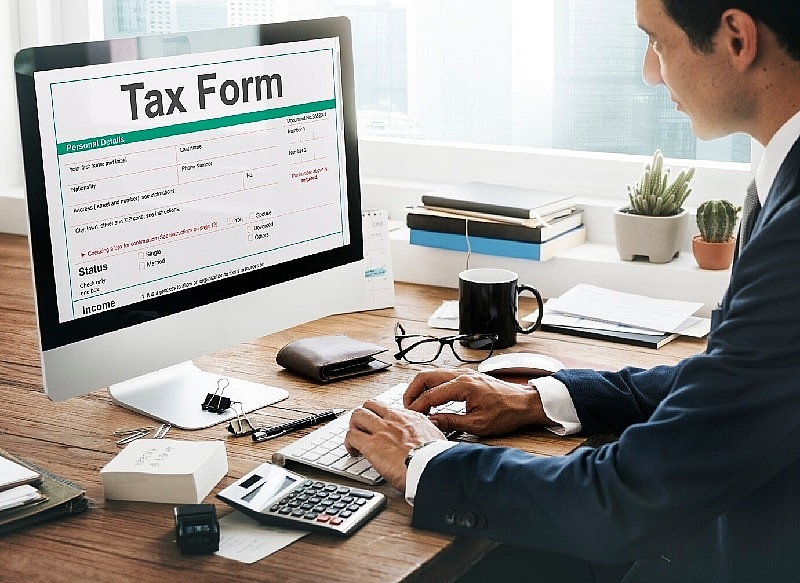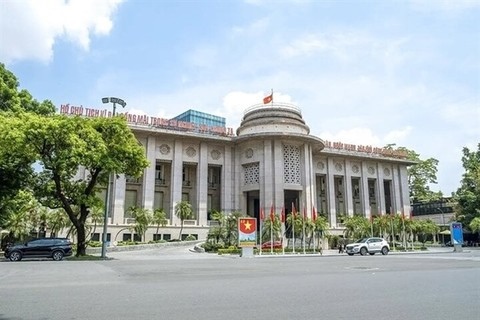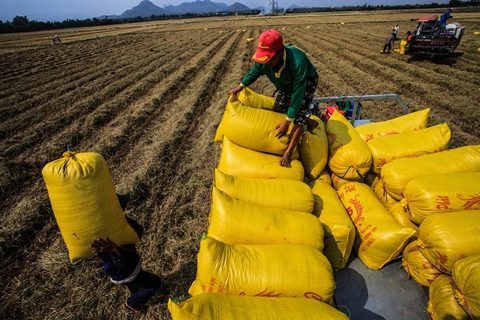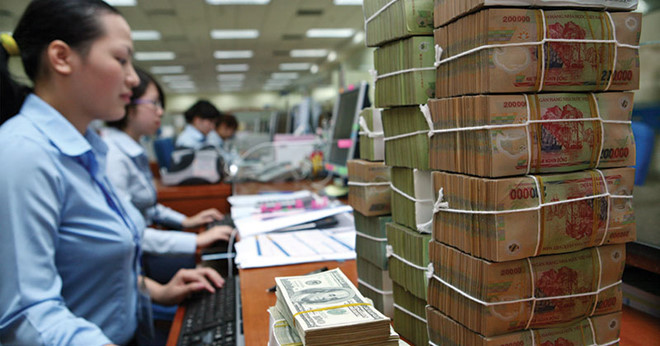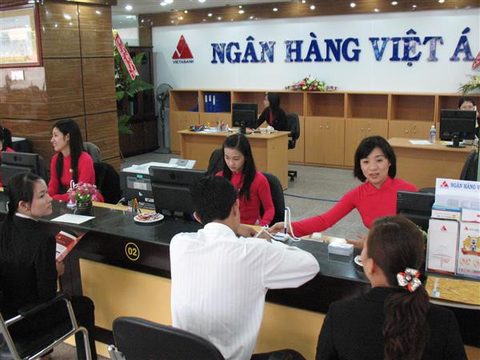SBV should offer failing banks to foreign investors
SBV should offer failing banks to foreign investors
The vigorous restructuring of “zero VND” banks whose capital is believed to have fallen far below the minimum requirement of VND3 trillion ($140.6 million) is the main goal of the banking system this year. Dr Tran Du Lich, a financial and economic specialist, told VIR’s Thuy Vinh that buying out “zero VND” banks is only a temporary solution. It is time for the State Bank of Vietnam (SBV) to stop interfering with the restructuring of “zero VND” banks.
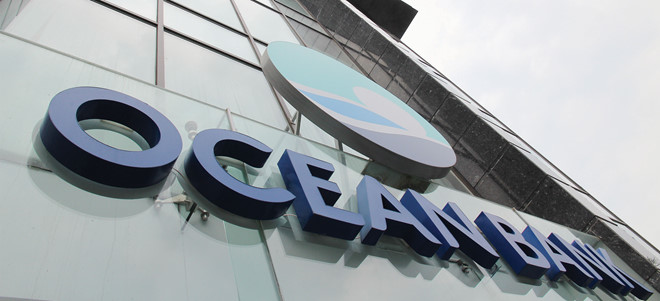
What is your evaluation of the work done so far on restructuring of the banking system in the first year of the period 2016-2020?
A tough economy affected the banking system negatively. In this period, inflation was high, annual interest rate was 19-20 per cent, and some weak banks were at risk of illiquidity. In addition, bad debts rose remarkably in 2012.
In this situation, it is a requirement that the restructuring protect the banking system from the probability of bank runs. In 2016, the restructuring showed positive signals, as there were no bank runs, a lower inflation rate, mergers and acquisitions of some weak banks, purchasing of some weak banks at zero VND. At the same time, the bad debt rate was controlled at the threshold of three per cent in 2015.
Do you mean impaired loans are no longer a big deal for the banking systems?
Although the bad debt rate was controlled, there are still challenges in dealing with collaterals to collect loans.
In the period of restructuring the economy from 2016 to 2020, there are five main targets, including speeding up the process of bank restructuring by dealing with non-performing loans.
Vietnam Asset Management Company (VAMC) had bought bad debts from 42 credit institutions with the total value of VND264.8 trillion ($11.6 billion) by the end of 2016. The total value of bonds issued by VAMC to buy bad debts was VND230.3 trillion ($10.1 billion).
However, VAMC only resolved a small portion of non-performing loans it bought, so it is a responsibility of banks to increase loan loss provisions. But in reality not all banks have the ability to set aside sufficient provisions to cushion loss from bad debts.
In your opinion, what measures are needed to tackle bad debts?
First and foremost, it is necessary to resolve the obstacles in dealing with collaterals and establishing a debt and asset trading market. In order to do this, there should be legislation to solve the problem of collaterals. At present, banks must negotiate with debtors before selling collaterals. In case of disagreement, collaterals will not be sold. If the assets have already been collateralised, customers should follow market rules.
Moreover, the procedure of liquidating assets should be simplified to deal with bad debts. It is precisely due to the difficulties of dealing with these debts that banks must trade profit for loss provision.
The government issued Resolution 01/NQ-CP on January 1, 2017 on solutions to implement the socioeconomic development plan of 2018, giving more rights for creditors to speed up collateral liquidation. Increasing liquidity of the property market may also speed up asset liquidation. Therefore, the problem of bad debts would be solved.
Do you think that pushing the restructuring of the three “zero VND” banks is feasible?
The restructuring of the three “zero VND” banks is the target of the banking system this year. After buying out and instructing state-owned banks to provide support, SBV should stop interfering with zero VND banks’ restructuring so that foreign investors may increase their ownership to speed up the process.
Buying out the three zero VND banks (Ocean Commercial One Member Limited Liability Bank, Construction Bank, Global Petro Commercial Joint Stock Bank) is a temporary measure to avoid bank run, which may have a negative impact on the whole system. It is now time to find long-term solutions.




